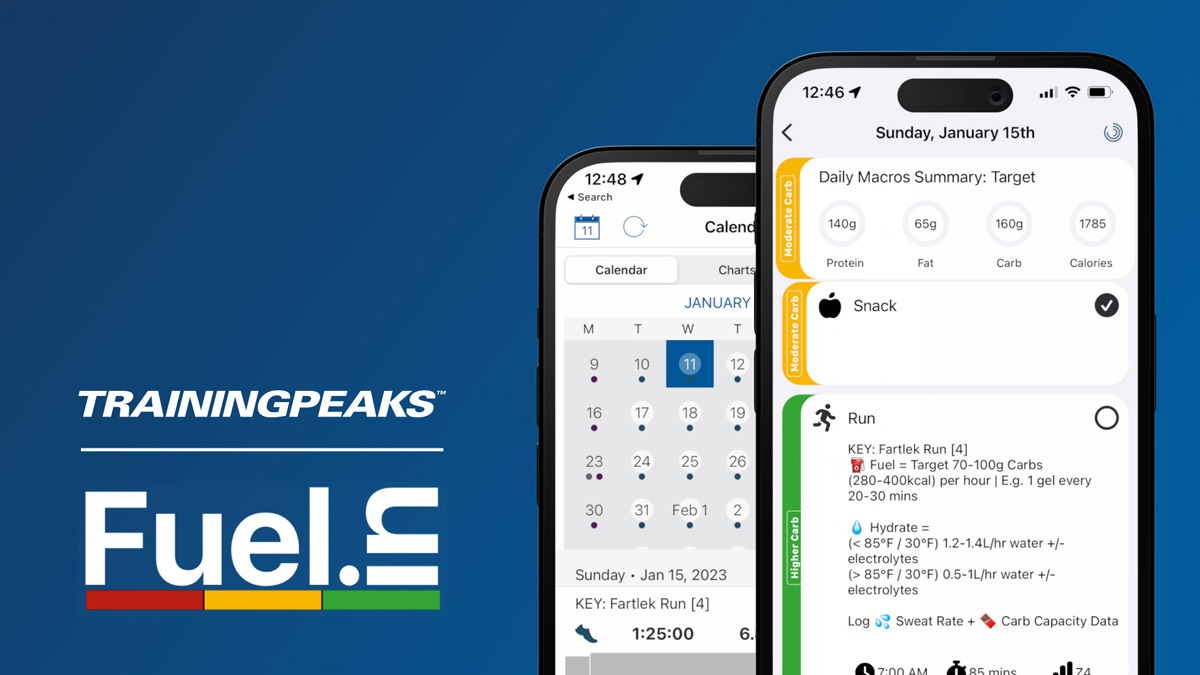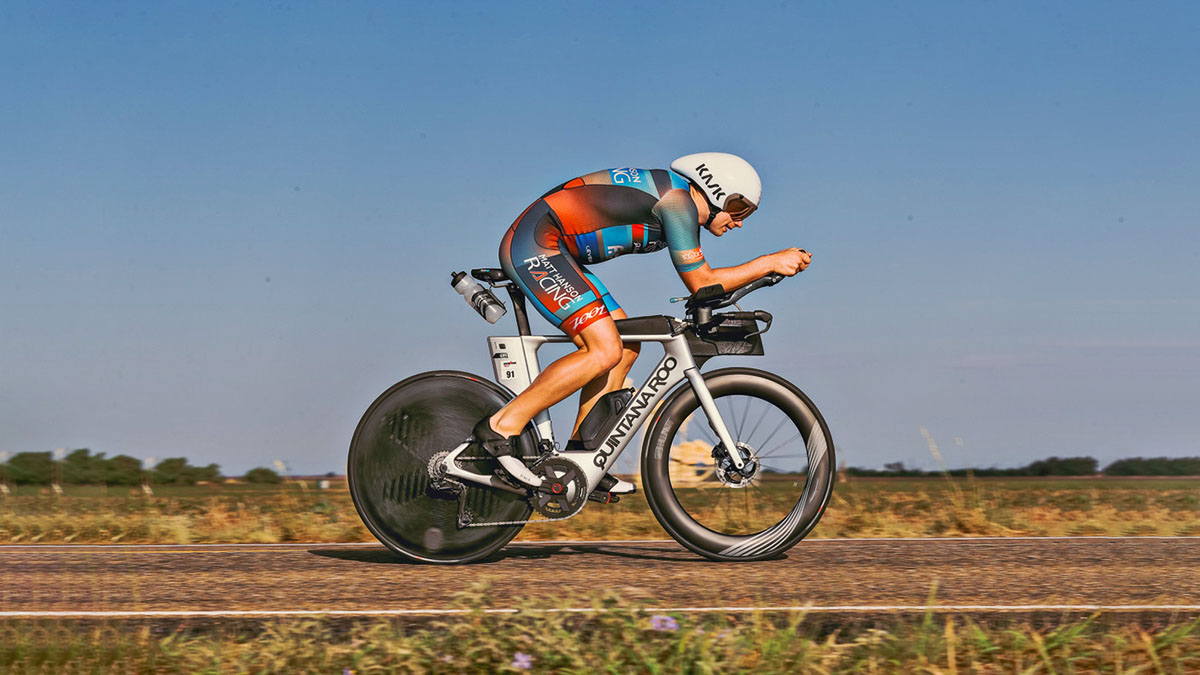Carbs are all the rage at the moment, and for good reason. They should have never left center stage. Due to this increased interest, though, there’s more carbohydrate energy gels on the market than ever before. And with so many choices, how do you know which one is the best?
This wide array of choices isn’t just limited to athletes. Reputable nutritionists and dieticians are also feeling the impact. A recent discussion with Dr. Alan McCubbin about gels produced this remark:
“I continue to be amazed at how many brands can enter this market and survive. I would’ve thought the market was saturated 15 years ago. Still, companies continue to use the same strategy of ‘all gels are the same, except for ours’ and manage to create a slice of the market for themselves with athletes who haven’t been in the sport long enough to remember the last ten brands who said the same thing.”
No finer words have been spoken about the mythology and supposed technology that exists in carbohydrate gels. In this article, I remove the decision paralysis by providing science-backed information on the most common ingredients used in energy gels. Use this as a guide to help you choose a gel that works best for you.
Consume Glucose, Maltodextrin, or Fructose for Fast Energy
The ingredients list is the first place to look when considering a gel. Forget about the marketing diatribe or video on the website or social media. Focus on what is in the gel.
The first ingredient you should look for when choosing an energy gel should be glucose or maltodextrin. Why? Because they contain the best type of carbohydrate that delivers immediate energy, and the primary goal of a carbohydrate gel is to provide energy. Fast energy.
Research from Medicine & Science in Sports & Exercise, British Journal of Nutrition, and Sports Medicine all show that glucose and maltodextrin absorb quickly and produce energy at the rate needed for top-end performance. I recommend using these carbohydrate sources only in amounts up to 60-70g/hr. Beyond this, the small intestine can’t absorb this carbohydrate type any faster, and feeding more increases your risk of gut problems due to malabsorption. As a result, another source of carbohydrates is required. Typically, this comes in the form of fructose.
Fructose should appear second or third on the ingredient list. The ratio of glucose to fructose is traditionally 2:1 in products (2 grams of glucose for every 1 gram of fructose). Research from Scandinavian Journal of Medicine & Science in Sports and British Journal of Nutrition investigated a ratio of 1:0.8 (or 1.25:1). The difference in performance outcomes due to this alteration is likely negligible for many athletes. The 2:1 ratio was perhaps more from convenience for research purposes. Not so much a magic ratio.
Table sugar (sucrose) is a combination of glucose and fructose at a ratio of 1:1. Maple syrup’s ratio is 3:1. Honey has a ratio of 1:1.2-1.5 with slightly higher fructose. This is worth considering if you’re using solely honey-containing gels, as it may reduce the rate of delivery of carbs to your muscles. Whatever ratio you choose, it is essential to practice with the products in training to determine your “carb capacity,” a term we use at Fuelin.
Beware of “Slow-Release Carbs”
The idea of slow-release carbohydrates is an interesting one that has cycled over the years. Marketing claims that this slower release provides constant energy and improves fat burning due to lower blood sugar levels.
This all sounds good, but studies from the British Journal of Nutrition, Journal of Applied Physiology, and Medicine & Science in Sports & Exercise don’t show any benefit of these gels compared to standard glucose-, maltodextrin-, and fructose-containing gels. Actually, the effects are often adverse. Slow-release carbs can increase the risk of altered gastric emptying (increased or decreased) and increased malabsorption. This often leads to gastrointestinal distress, such as bloating, nausea, burping, regurgitation, flatulence, diarrhea, and vomiting.
When choosing a carbohydrate gel, consider why you need it and how it’s going to affect you. Typically, you need carbs to continue performing your chosen exercise at a higher intensity. In doing that, you want that extra energy quickly. So why would you want to slow down the delivery of that fast energy?
Slow-release carbs can be helpful when food/gels are scarce and unavailable for an extended period, like in an ultra-endurance event. However, the intensity may be low enough to warrant using fats as the primary fuel source supported by lower or less frequent amounts of glucose, maltodextrin, and fructose.
Whole Foods Are Better For Lower Intensities
I often get asked about using whole foods in energy gels. If you’re going by a pure science rationale and want to go as fast as possible, I wouldn’t advise using whole foods because they’ll likely cause GI distress.
Whole foods are better suited for training and racing from a health and enjoyment perspective. Many of my athletes who want to avoid consuming “pure sugar” often ask about these products because they see them as healthier or more natural. However, despite the gels containing fruits or other whole foods, the effect on the body in terms of glucose spikes is probably similar because the food structure has been reduced. (As the food becomes more processed, you lose the fiber and other binding properties that normally reduce sharp spikes in whole foods.)
After all, sugar is still sugar whether it’s in the “natural” or “whole food” form or not. The form of sugars the body absorbs and uses to produce energy is indistinguishable. Ironically, the more processed the carbohydrate gel, the less opportunity for other ingredients and factors (such as fiber) to interfere with digestion and malabsorption.
I’m not saying that you can’t use whole-food gels, but just be wary of your intensity levels and how you want the gel and yourself to perform. If you get a lot of GI issues and are using whole-food gels, it might be time to think about your choices. Using these kinds of gels is no different from using actual whole foods such as bananas, jam sandwiches, or trail mix. All of these are a lot cheaper and are great for lower-intensity rides.
Consider Your Total Sodium Intake
Is it better to use a gel with or without sodium? I’ll put it this way: Sodium isn’t essential to the performance of the carbohydrate gel, but carbohydrates are essential for the performance of sodium. Consuming gels with sodium really depends on your personal needs.
The amount of sodium you should consume is a discussion for another day. It needs to be tailored based on your preference, performance, and experience. The total amount of sodium you consume comes from a combination of fluids, gels, chews, bars, and electrolytes.
When choosing your gels, you need to factor in your total sodium intake through other products. Plenty of gels contain low or no sodium content, allowing their carb contents to be used in conjunction with electrolyte fluids.
Your sweat rate in differing temperatures, intensities, and types of sessions (i.e. swim, bike, run) might also impact your decision to use gels with or without sodium. Be purposeful in your decision-making process to ensure the outcome is what you want.
Additional Ingredients to Consider
Pectin & Alginate
These two ingredients have been gaining more attention recently. They’re often added to make a “pH-sensitive hydrogel,” which claims to increase gastric emptying, absorption from the small intestine, oxidation rates, and improve the sparing of carbohydrate stores.
Research on these claims is ambiguous. Some research found small yet statistically significant improvements in the aforementioned claims, while others found no effect. My advice is to give them a try and see if they work for you. If they work and you like the taste, use them! If not, try another gel that contains glucose, maltodextrin and fructose.
Amino Acids, Citrulline & Nitrates
Several gels contain other ingredients, such as amino acids, citrulline and nitrates. Usually, the amount of these additional ingredients is too low to have a beneficial effect. It’s often best to just steer clear of them.
Caffeine
The final ingredient addition is caffeine. Varied amounts from 25 to 100mg per gel are now available. Many studies, including articles published in the Journal of the International Society of Sports Nutrition and Sports Med, show the effectiveness of caffeine with reduced perceived exertion, improved time trial, and increased time to exhaustion.
I strongly encourage practicing your caffeine ingestion to determine your lower and upper limits, with a single dose being about 0.3mg/kg. This often equates to 150-250mg of caffeine. You can increase your total amount of caffeine consumption throughout a longer race. I also recommend consulting with a health professional about the dangers of too much caffeine and to help determine your upper amounts to be consumed in a race.
Conclusion
Carbohydrates are well established as the primary fuel source for higher-intensity exercise. Keep in mind, however, that while carbs are king for racing or training at or above race pace, they don’t suddenly make you a world champion. Consuming a gel every fifteen minutes is not a miraculous solution to your performance woes.
Gels and other carb-containing products are designed to support your training and racing. A structured training-based nutrition plan that focuses on the correct balance of total energy (calorie) intake, a personalized hydration strategy, optimizing in-session fueling, and nutrition timing in line with your training will play a much larger role in your immediate success. Far more than the latest and greatest gel on the market.
References
Barber, J. et al. (2020, June). Pectin-Alginate Does Not Further Enhance Exogenous Carbohydrate Oxidation in Running. Retrieved from https://pubmed.ncbi.nlm.nih.gov/31977640/
Burelle, Y. et al. (2006, July). Comparison of exogenous glucose, fructose and galactose oxidation during exercise using 13C-labeling. Retrieved from https://pubmed.ncbi.nlm.nih.gov/16869991/
Coyle, E., et al. (1986, July). Muscle glycogen utilization during prolonged strenuous exercise when fed carbohydrate. Retrieved from https://pubmed.ncbi.nlm.nih.gov/3525502/
Currell, K. & Jeukendrup, A. (2008, February). Superior endurance performance with ingestion of multiple transportable carbohydrates. Retrieved from https://pubmed.ncbi.nlm.nih.gov/18202575/
Guest, N. et al. (2021, January 2). International society of sports nutrition position stand: caffeine and exercise performance. Retrieved from https://www.ncbi.nlm.nih.gov/pmc/articles/PMC7777221/
Jentjens, R. & Jeukendrup, A. (2005, April). High rates of exogenous carbohydrate oxidation from a mixture of glucose and fructose ingested during prolonged cycling exercise. Retrieved from https://pubmed.ncbi.nlm.nih.gov/15946410/
Jeukendrup, A. (2014, May). A step towards personalized sports nutrition: carbohydrate intake during exercise. Retrieved from https://www.researchgate.net/publication/262050749_A_Step_Towards_Personalized_Sports_Nutrition_Carbohydrate_Intake_During_Exercise
Jeukendrup, A. & Moseley, L. (2010, February). Multiple transportable carbohydrates enhance gastric emptying and fluid delivery. Retrieved from https://pubmed.ncbi.nlm.nih.gov/19000102/
Leijssen, D. et al. (1995, September). Oxidation of exogenous [13C] galactose and [13C] glucose during exercise. Retrieved from https://pubmed.ncbi.nlm.nih.gov/8567509/
McCubbin, A. et al. (2020, January). Hydrogel Carbohydrate-Electrolyte Beverage Does Not Improve Glucose Availability, Substrate Oxidation, Gastrointestinal Symptoms or Exercise Performance, Compared With a Concentration and Nutrient-Matched Placebo. Retrieved from https://pubmed.ncbi.nlm.nih.gov/31629348/
Pfeiffer, B., Stellingwerff, T., Hodgson, A. B., Randell, R., Pöttgen, K., & Res, P. (2010). Nutritional intake and gastrointestinal problems during competitive endurance events. Medicine & Science in Sports & Exercise, 42(2), 344-351. https://pubmed.ncbi.nlm.nih.gov/21775906/
Rowe, J. et al. (2022, January). Glucose and Fructose Hydrogel Enhances Running Performance, Exogenous Carbohydrate Oxidation, and Gastrointestinal Tolerance. Retrieved from https://pubmed.ncbi.nlm.nih.gov/34334720/
Spriet, L. (2013, October 30).Exercise and sport performance with low doses of caffeine. Retrieved from https://www.ncbi.nlm.nih.gov/pmc/articles/PMC4213371/Spriet, L. & Talanian, J. (2015, April 1). Low and moderate doses of caffeine late in exercise improve performance in trained cyclists. Retrieved from https://pubmed.ncbi.nlm.nih.gov/27426699/








